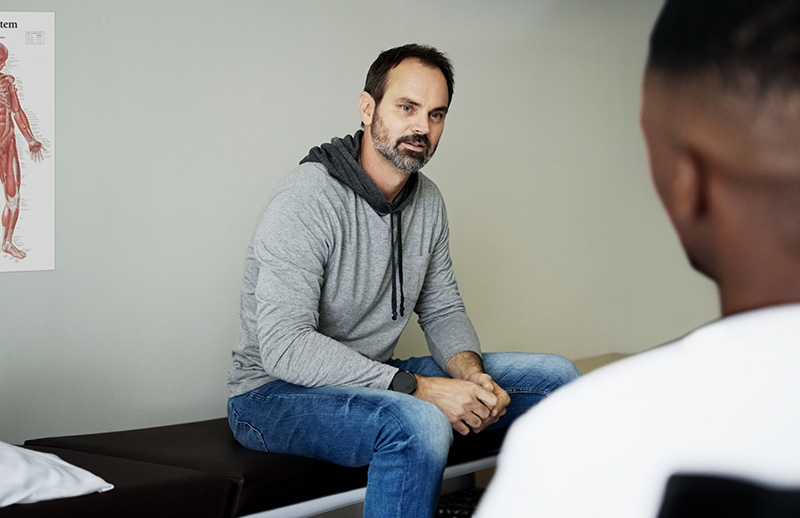Cancer screening rates double with incentive, research shows
Colorectal cancer (CRC) is among the most common cancers in the United States and the fourth leading cause of U.S. cancer-related deaths, according to the Centers for Disease Control and Prevention. With proper screening, it is also highly preventable. Yet for a variety of reasons, less than half of patients who visited Federally Qualified Health Centers (FQHCs) in Louisiana last year were screened for CRC. Researchers from the Louisiana CEAL Regional Team asked: Would a financial incentive spur more patients in the state’s rural Acadiana region to get screened for CRC?
From the start, the researchers relied on a community-engaged approach. Insights from community members led the team to decide on an incentive amount of $50 for those willing to be screened. Community stakeholders also informed the study design: all patients would be offered $50 each for getting routine vaccinations (e.g., a flu shot), whereas a randomized group was also offered an additional $50 for CRC screening. (This way, the team could more reliably assess the impact of the incentive on the cancer screening in particular.)
“[F]inancial incentives may be an effective strategy to increase CRC screening completion in a primary care setting in Acadiana. Future research should confirm findings in larger samples and explore implications for health outcomes including CRC diagnosis, mortality, and quality of life.” Health Services Research, July 2025
The results? Participants who were offered an incentive for CRC screening were more than twice as likely to complete a screening within 2 months compared to the control group.
The researchers note that community engagement was central to the study’s strength: From the design of the intervention to delivery by trusted FQHC staff, the focus on community and clinic engagement may have been a strong factor in the intervention’s success.
Moving forward, the ability to build upon this research also holds promise. The high levels of people found eligible to participate in the study and high levels of uptake among those who were deemed eligible point to the likelihood of reproducing this study in the future, possibly with a larger sample size. That will serve as more evidence on which to grow efforts to get more people to say yes to possibly life-saving cancer screenings.

Last updated: October 22, 2025